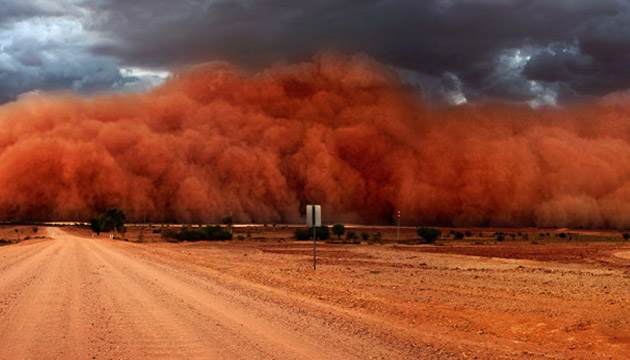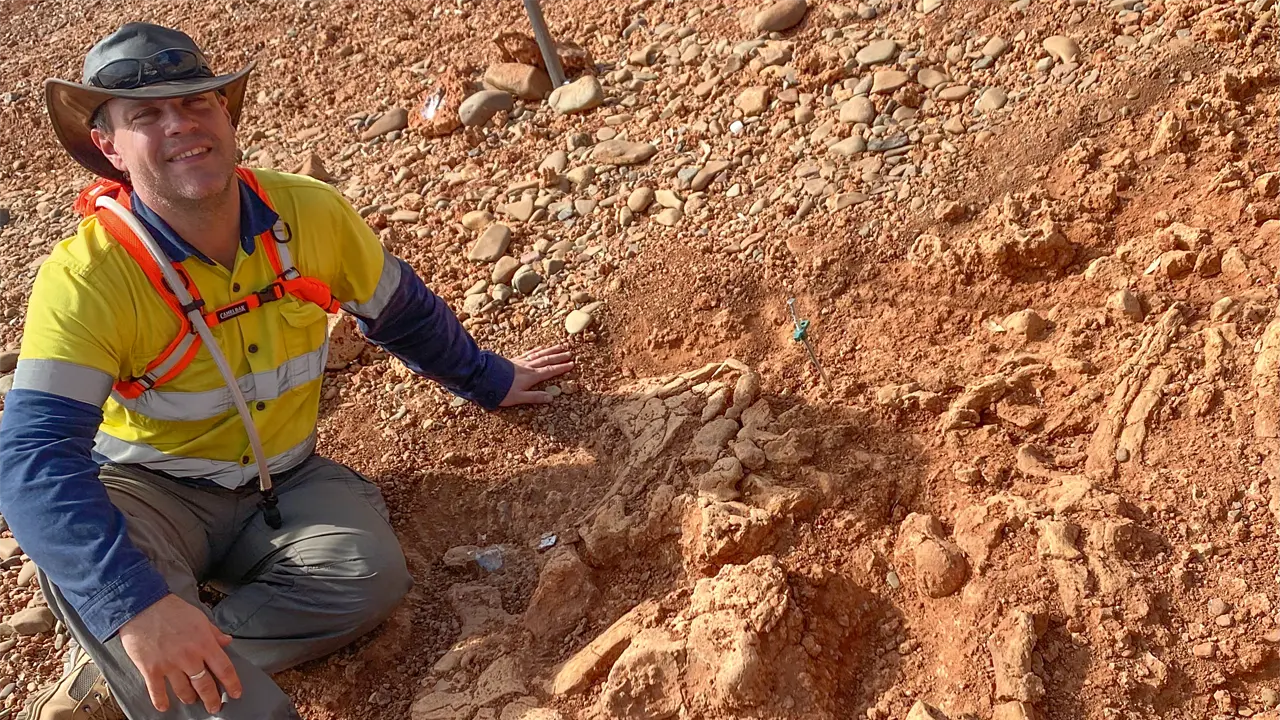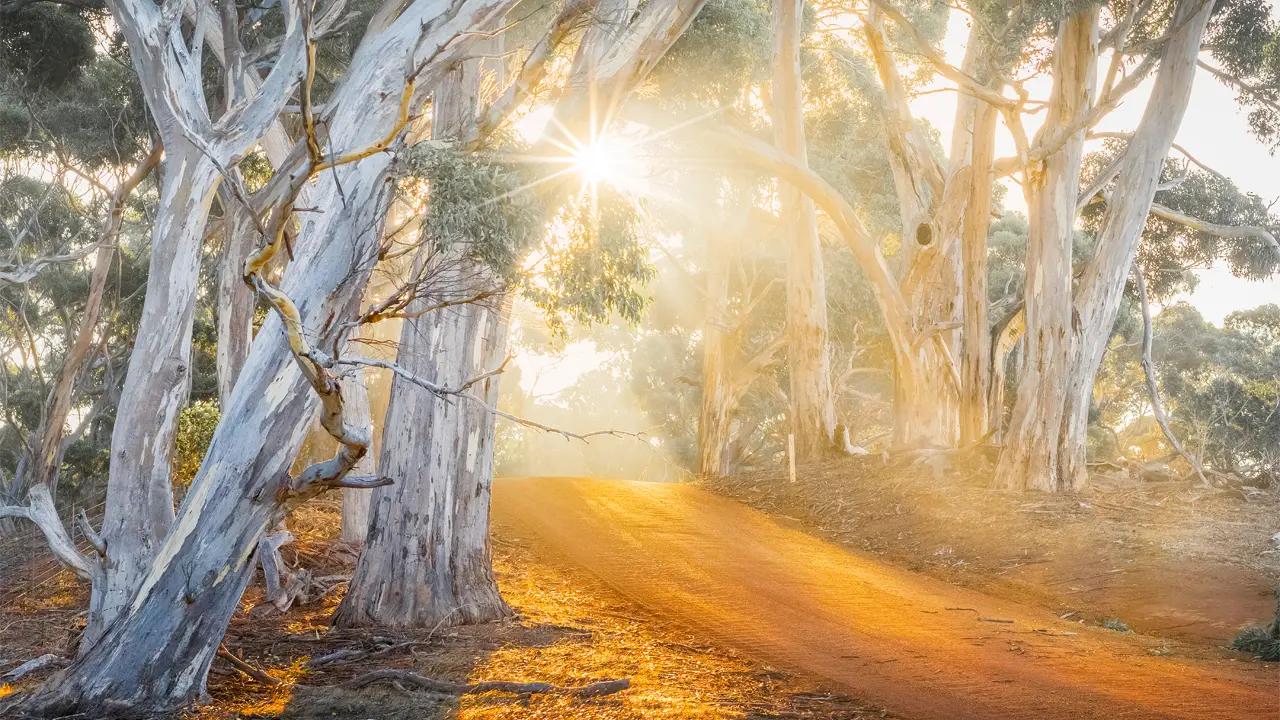Across the country, dust storms are being observed and recorded by 42 volunteers in order to understand how and why dirt moves across the landscape.
Story By Amanda Burdon
Dust whips through Australia’s folklore, abrades our landscape and settles in our music and memories. “A big dust storm can be truly spectacular, and frightening,” says research scientist with the NSW Office of Environment and Heritage Dr John Leys, who coordinates the community arm of DustWatch, a national program that is tracking wind erosion across Australia. “Armageddon is the word commonly used to describe them ... People perceive dust storms as an act of God, as something quite biblical. Everyone has a bigger dust story to tell. Those who have endured a big one wear it like a badge of honour.”
But up until recent times, surprisingly little data had been collected on dust and its impact, despite the fact that 75 percent of our continent is considered arid or semi-arid and Australia contains more sand than the Sahara Desert. That’s now changing, thanks to DustWatch and its growing database. A network of 42 volunteer observers contributes information on dust concentration and colour, visibility and wind direction, using technological instruments, photographs and personal accounts.
This story excerpt is from Issue #93
Outback Magazine: Feb/Mar 2014









